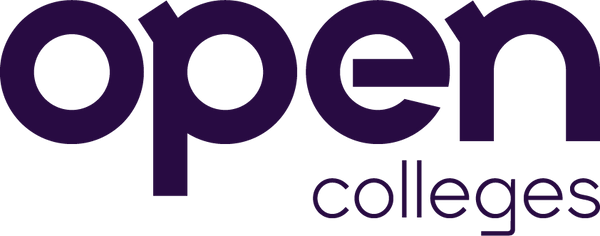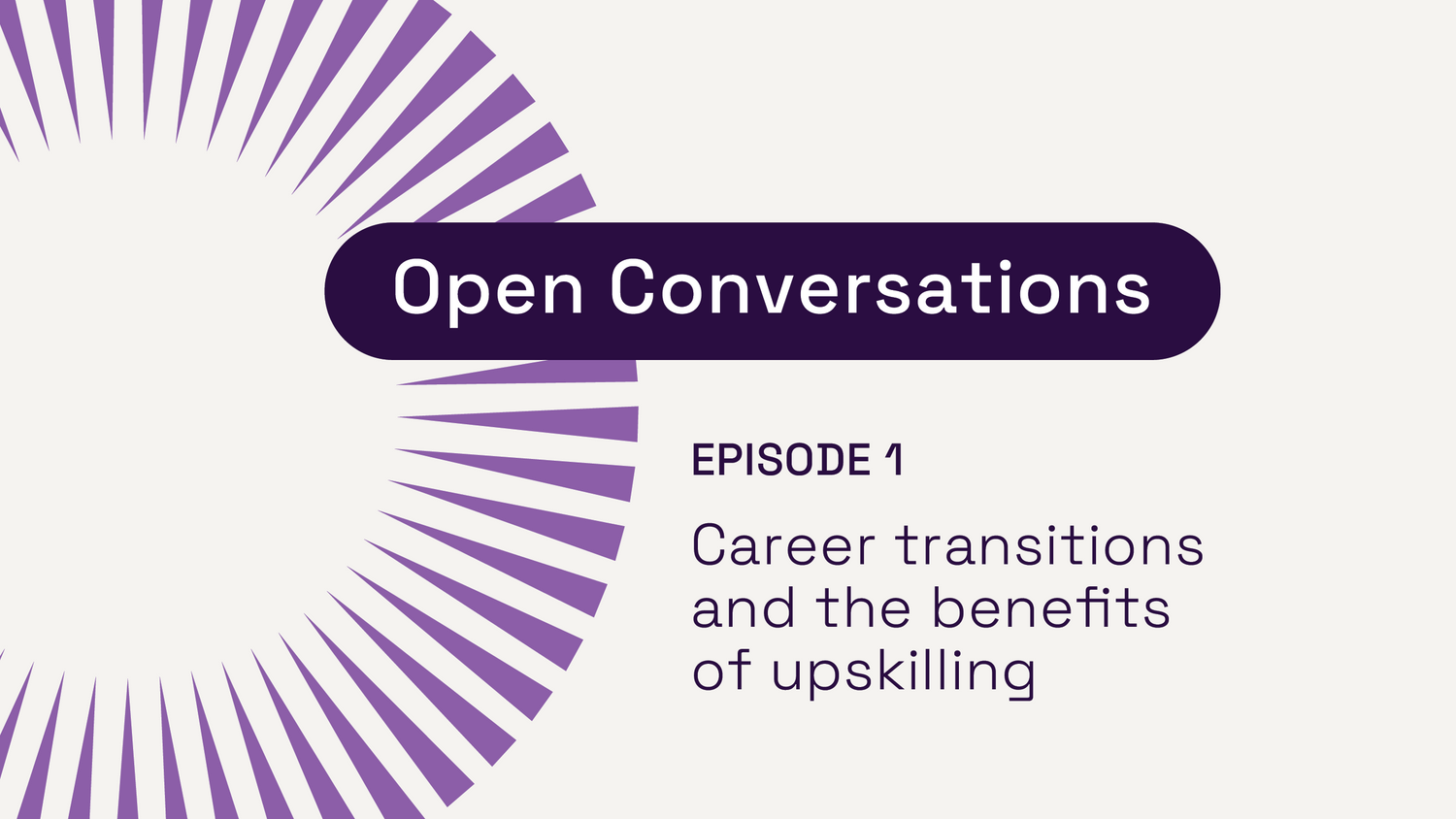Discover career opportunities, industry growth, essential skills, key responsibilities, and relevant courses to guide you toward the right career path.
-
View Course
Diploma of Leadership and Management
Business & Leadership BSB50420Are you ready to become the leader you were meant...Are you ready to become the leader you were meant to be? Equip yourself with the skills and confidence to take the business world by storm and lead a team to lasting success. Graduate with the skills to not just meet business expectations but exceed them all.-
Flexible payment options
-
Study to fit into your routine
-
Nationally recognised accreditation
-
Start studying as soon as you enrol
-
No exams, ever.
View more View less -
-
View Course
Diploma of Social Media Marketing
Business & Leadership 10904NATTransform yourself into a social media marketing expert. Discover the...Transform yourself into a social media marketing expert. Discover the very latest industry knowledge that will equip you for lasting success. Graduate job ready to hit the ground running in this exciting and dynamic industry.-
Flexible payment options
-
Study to fit into your routine
-
Nationally recognised accreditation
-
Start studying as soon as you enrol
-
No exams, ever.
View more View less -
-
View Course
Certificate III in Business
Business & Leadership BSB30120Equip yourself with all the job-ready skills you need to...Equip yourself with all the job-ready skills you need to thrive in the exciting and fast-paced business world. Learn a broad range of business skills that will unlock diverse career options, and give you the confidence to achieve your career goals.-
Flexible payment options
-
Study to fit into your routine
-
Nationally recognised accreditation
-
No exams, ever.
View more View less -
-
View Course
Certificate IV in Human Resources Management
Business & Leadership BSB40420Have a positive impact on your work environment. Equip yourself...Have a positive impact on your work environment. Equip yourself with core, transferable skills that will allow you to work and thrive in many HR roles.-
Flexible payment options
-
Study to fit into your routine
-
Nationally recognised accreditation
-
Start studying as soon as you enrol
-
No exams, ever.
View more View less -
-
View Course
Diploma of Business
Business & Leadership BSB50120Transform yourself into a formidable business leader. Earn work-ready specialised...Transform yourself into a formidable business leader. Earn work-ready specialised skills and graduate with all the tools needed to hit the ground running. For business owners: unlock an impressive skill set to achieve long lasting success.-
Flexible payment options
-
Study to fit into your routine
-
Nationally recognised accreditation
-
Start studying as soon as you enrol
-
No exams, ever.
View more View less -
-
View Course
Certificate III in Retail
 Business & Leadership SIR30216Get ready to unlock diverse career outcomes. Transform yourself into...Get ready to unlock diverse career outcomes. Transform yourself into a skilled and confident retail worker and a valued team member. Equip yourself with transferrable skills to empower you to thrive in the fast-paced world of retail.
Business & Leadership SIR30216Get ready to unlock diverse career outcomes. Transform yourself into...Get ready to unlock diverse career outcomes. Transform yourself into a skilled and confident retail worker and a valued team member. Equip yourself with transferrable skills to empower you to thrive in the fast-paced world of retail.-
Flexible payment options
-
Study to fit into your routine
-
Nationally recognised accreditation
-
Start studying as soon as you enrol
-
No exams, ever.
View more View less -
-
View Course
Certificate IV in Business (Administration)
Business & Leadership BSB40120Get ready to advance your career and transform yourself into...Get ready to advance your career and transform yourself into a confident business admin specialist. Unlock all the core skills you need to make an immediate impact and achieve a successful career in business administration.-
Flexible payment options
-
Study to fit into your routine
-
Nationally recognised accreditation
-
Start studying as soon as you enrol
-
No exams, ever.
View more View less -
-
View Course
Human Resources Foundations Skill Set
Business & Leadership BSBSS00105Continue to thrive in the ever-changing world of Human Resource...Continue to thrive in the ever-changing world of Human Resource Management. Build on your existing knowledge and keep your skill set up to date to ensure that you gain the cutting edge. Use this course as a valuable pathway to the BSB50320 Diploma of Human Resources Management.-
Flexible payment options
-
Study to fit into your routine
-
Nationally recognised accreditation
-
Start studying as soon as you enrol
-
No exams, ever.
View more View less -
-
View Course
Certificate IV in Marketing and Communication
Business & Leadership BSB40820Take on the exciting world of digital marketing. With this...Take on the exciting world of digital marketing. With this specialised marketing skillset you will set yourself up for success and thrive in the digital landscape. This exciting course will further your career by teaching you to strategise, think critically, be persuasive, and lead a team to success.-
Flexible payment options
-
Study to fit into your routine
-
Nationally recognised accreditation
-
Start studying as soon as you enrol
-
No exams, ever.
View more View less -
-
View Course
Certificate IV in Entrepreneurship and New Business
Business & Leadership BSB40320It’s time to achieve your career goals of running your...It’s time to achieve your career goals of running your own business. Gain the specialised skills to launch your business, set it up for long-term success, and transform yourself into a confident, capable business owner along the way.-
Flexible payment options
-
Study to fit into your routine
-
Nationally recognised accreditation
-
Start studying as soon as you enrol
-
No exams, ever.
View more View less -
-
View Course
Certificate IV in Leadership and Management
Business & Leadership BSB40520Equip yourself with specialised skills that will transform you into...Equip yourself with specialised skills that will transform you into a formidable business leader. Discover all the tools you need to achieve long-term success and thrive in the world of business. Graduate industry-ready and fully prepared to make an immediate impact.-
Flexible payment options
-
Study to fit into your routine
-
Nationally recognised accreditation
-
Start studying as soon as you enrol
-
No exams, ever.
View more View less -
-
View Course
Diploma of Human Resources Management
Business & Leadership BSB50320Get ready to open up a world of opportunities in...Get ready to open up a world of opportunities in the exciting field of Human Resource Management. You’ll be equipped with the confidence and skills needed for lasting success. Make your mark on the industry and influence change in your work environment.-
Flexible payment options
-
Study to fit into your routine
-
Nationally recognised accreditation
-
Start studying as soon as you enrol
-
No exams, ever.
View more View less -
Displaying page 1 of 2
Flexible payment options
Payment plans
Upfront
Feel right in your decision
Business & Leadership
Speak with our team
Have questions about studying or want an insider’s view to see if this course is the right fit for you? Find a time to chat with our team.
BSB40120 Certificate IV in Business (Administration)
Discover the freedom of flexible learning – Bianca’s Story
Feel right in your decision
Speak with our team
Have questions about studying or want an insider’s view to see if this course is the right fit for you? Find a time to chat with our team.
Career advice, study tips & more
Explore our blogs for expert insights, practical guides, and the latest industry trends to help you on your education and career journey.


















